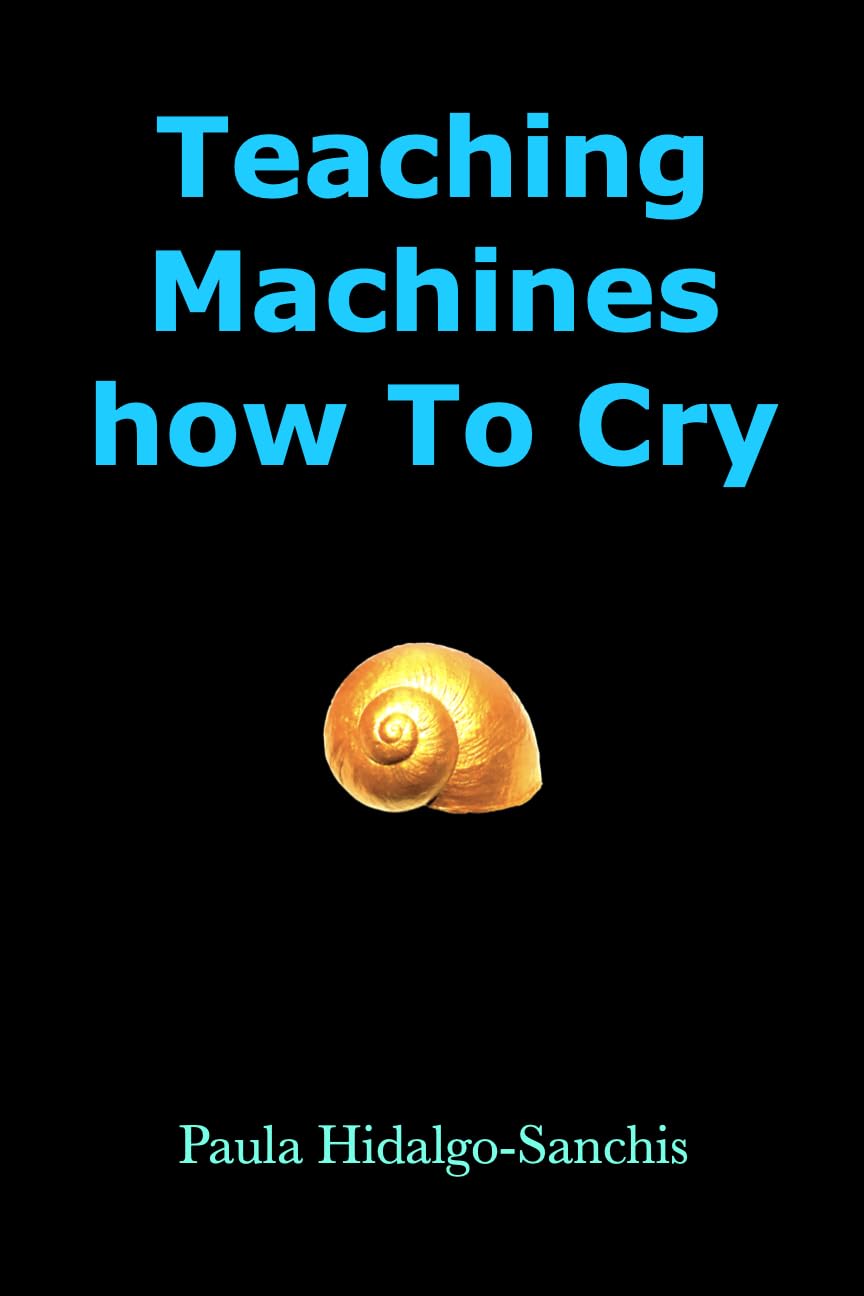
Teaching Machines How to Cry is a thought-provoking and moving story about humanity’s search for purpose and meaning in a digital world. It is an impersonal world. Computers can do a lot. But it’s hard to envision a machine that will express emotions. Yet, it is not out of the realm of possibility, as this story poignantly shows.
This story opens up with Alba, returning to her hometown, Porto, to pursue a wonderful job opportunity. Yet during this time, she is grappling with an unexplainable void within her. Despite all her supportive friends and family, Alba continues to struggle with an inexhaustible angst that has gripped her like an elastic band that just won’t let go, but get’s tighter as time moves on.
The story takes the reader through Alba’s past life and how she struggled with illness during her childhood. She even had to have surgery when she was a child. Alba also had a friend called M, an Al-prototype. Her friendship with M as a child is the last time that she recalls feeling truly whole. As she tries to bridge the gap between her emotional life and her current life that feels so empty, she can’t help but yearn for M so that she can feel whole again.
Unexpectedly, Alba has a passionate love affair. But tragedy tests her already frayed emotional resilience. While she is trying to catch her breath, she relies on the memory of M as a way of sustaining her and giving her the strength that she needs to endure this situation.
When M miraculously surfaces in Alba’s life, the story takes an even more unexpected turn, challenging her perception of reality. The author does a splendid job of weaving the themes of identity, love, and belonging, as well as the negative impact of AI on our lives.
This story raises a lot of profound questions about what it means to be a person in a world that is increasingly dominated by technology. It can be argued that technology makes us feel empty so that we struggle to make sense of the world, much less ourselves. It’s almost as if we ellipse into the world that is increasingly taking us further away from ourselves and all that is meaningful.
I find technology dangerous to all human beings, but especially unreflective ones. And this novel shows some of the real dangers of technology, when our reality and who we are as individuals gets intermingled in such a way that we start to lose a sense of who we truly are. And when we don’t know who we are, we start relying on forces that are beyond our grasp to tell us things about ourselves that are not necessarily true.
When it comes to our emotions, they are unique to each of us. They are part of our personality and who we truly are. So, I don’t believe that machines can replicate them. This is one of the reasons why I was so intrigued by the title of this book.
This book will resonate with any individual who wonders about the impact of AI on our overall emotional well-being. It is a story that will force the reader to think about how we even got to where we are now. It’s like we blinked and AI is taking over our lives.
Irene Roth
Website:https://www.paulahidalgosanchis.com
Purchase link: